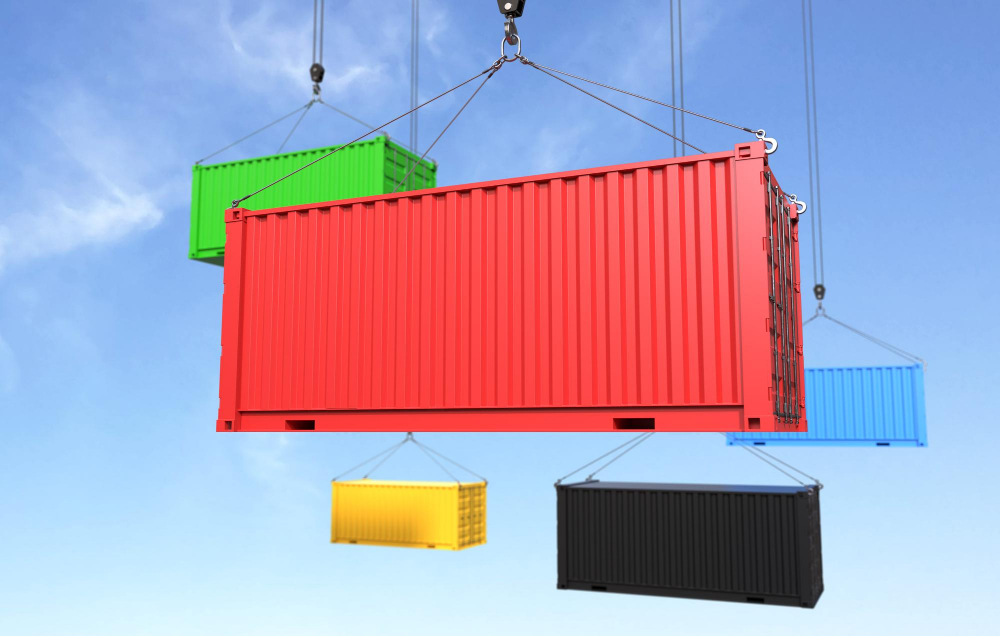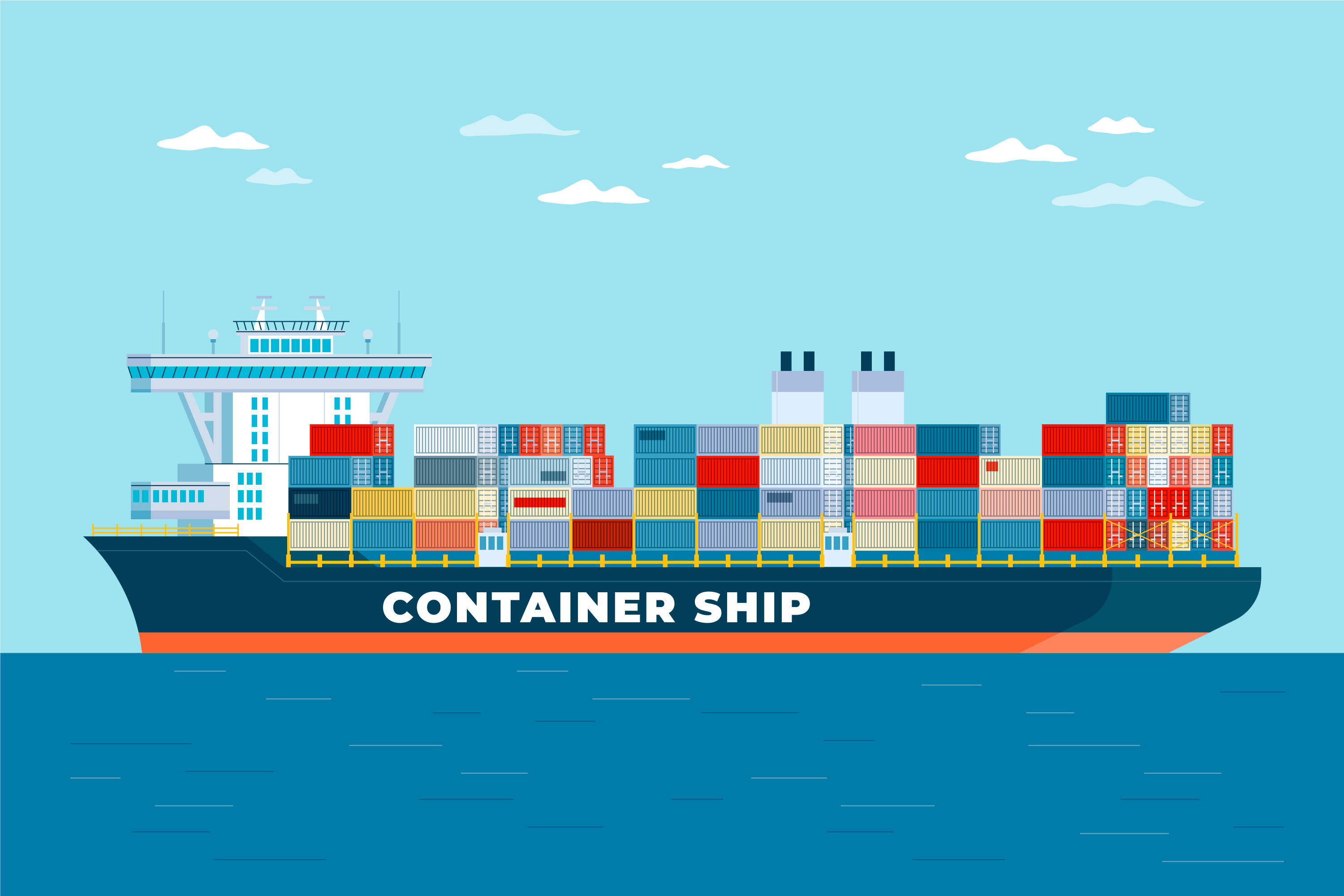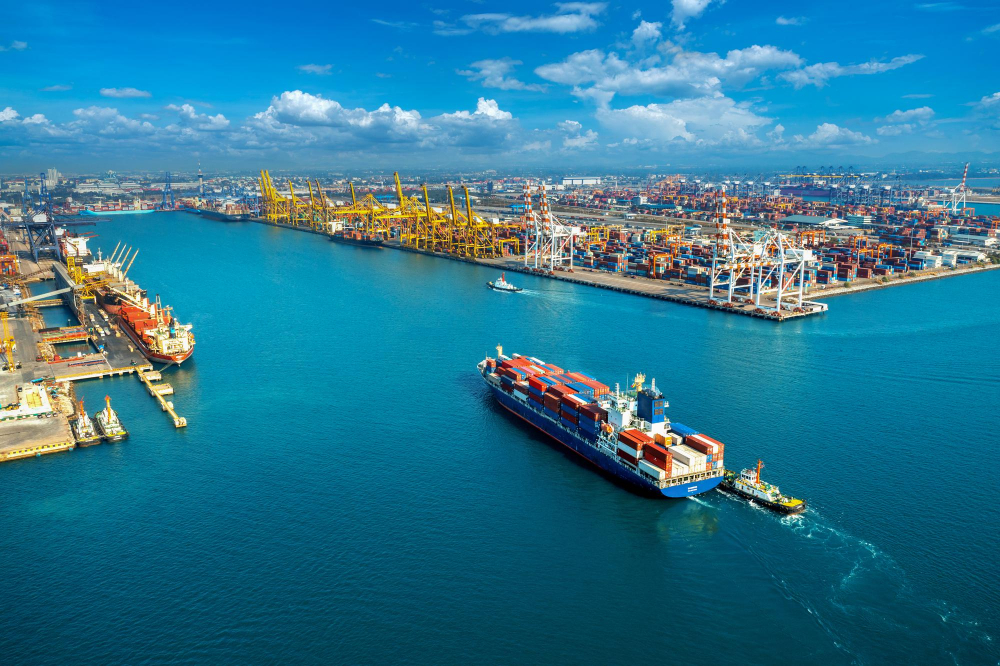If you're involved in sea logistics, you'll likely come across numerous abbreviations related to containers, shipping lines, and ports. These abbreviations may seem confusing at first, but they're essential for efficient communication in the industry. In this blog post, we'll cover some of the most common abbreviations you need to know.
Container Abbreviations
TEU: Twenty-foot Equivalent Unit. This is a measure of a container's size based on its length. A standard 20-foot container is equal to one TEU.
FEU: Forty-foot Equivalent Unit. This is a measure of a container's size based on its length. A standard 40-foot container is equal to two TEUs or one FEU.
HC: High Cube. This refers to a container that is taller than a standard container. A high cube container is usually 9'6" tall instead of the standard 8'6".
OT: Open Top. This refers to a container that doesn't have a solid roof. An open top container is usually used for cargo that is too tall to fit into a standard container.
FR: Flat Rack. This refers to a container that doesn't have a roof or sides. A flat rack container is usually used for cargo that is too wide or too heavy to fit into a standard container.

Shipping Line Abbreviations
Maersk: Maersk Line is the world's largest container shipping company. Their abbreviation is MAEU.
MSC: Mediterranean Shipping Company. MSC is another major container shipping company. Their abbreviation is MSCU.
CMA CGM: CMA CGM is a French container shipping company. Their abbreviation is CMDU.
Hapag-Lloyd: Hapag-Lloyd is a German container shipping company. Their abbreviation is HLCU.
OOCL: Orient Overseas Container Line is a Hong Kong-based container shipping company. Their abbreviation is OOLU.

Port Abbreviations
LOS: Length of Stay. This term refers to the amount of time a container can stay in a port before it incurs additional fees or penalties.
D&D: Demurrage and Detention. These are fees charged for the late return of a container to the shipping line or for the use of a container beyond the agreed-upon time.
CY: Container Yard. This is a storage area within a port where containers are stacked and stored.
CFS: Container Freight Station. This is a facility used for the consolidation and deconsolidation of cargo.
Conclusion
By learning these common abbreviations, you'll be better equipped to navigate the world of sea logistics. Whether you're a shipper, carrier, or consignee, understanding these terms will help you communicate more effectively and avoid costly mistakes. We hope this post has been helpful, and if you have any questions, please don't hesitate to get in touch with us at the comment section!